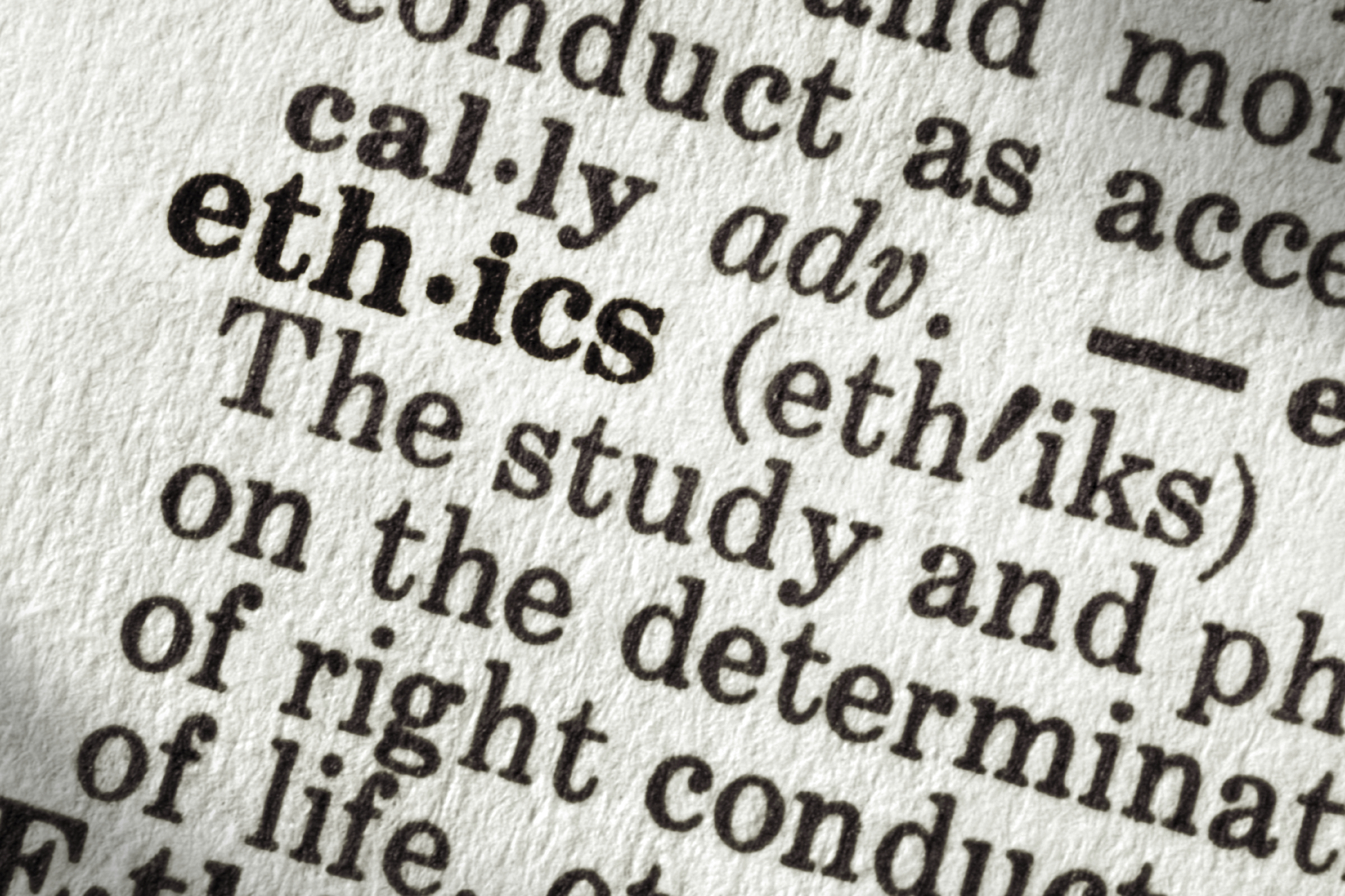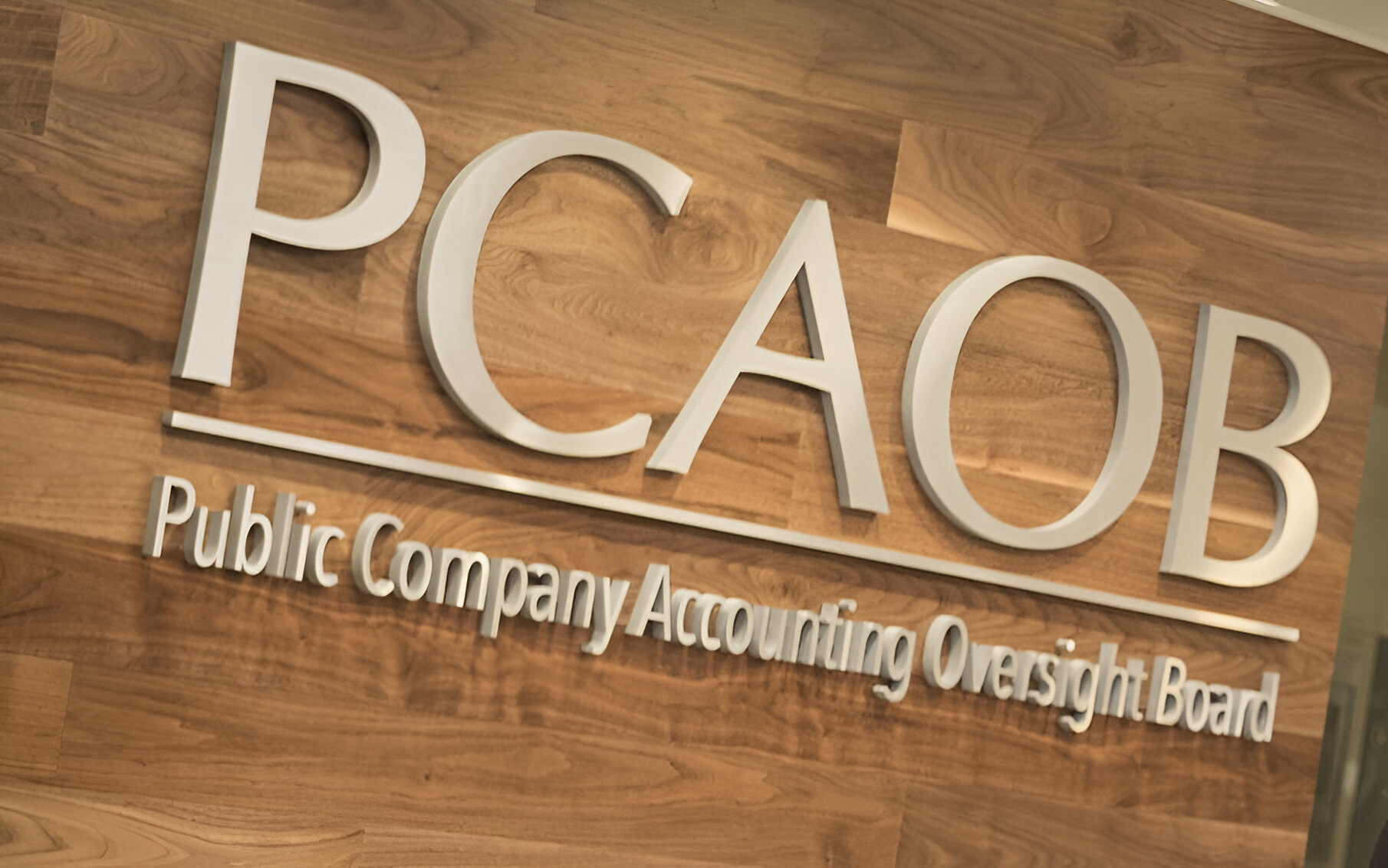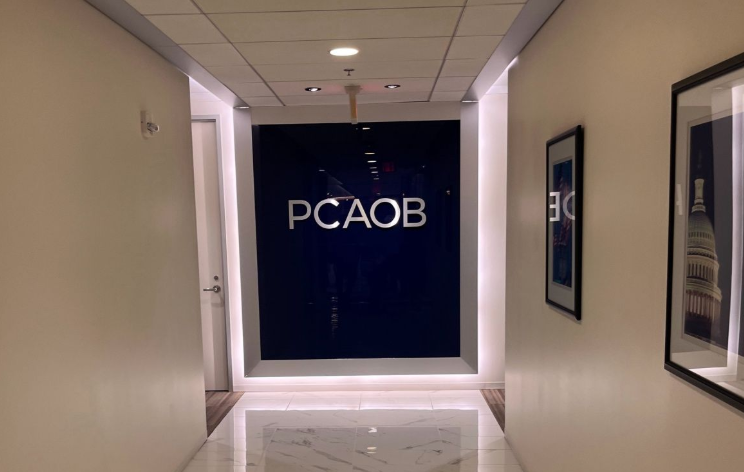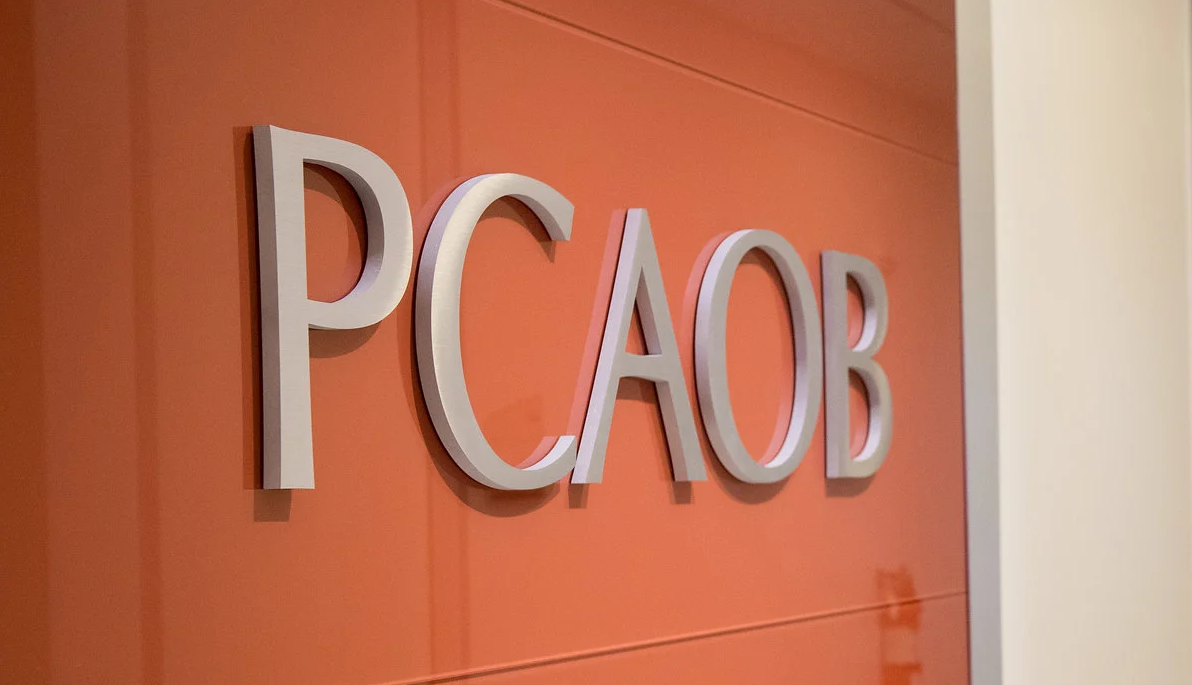On Nov. 5-7, San Jose, California, was energized with another terrific QuickBooks Connect event, where some 5,000 accounting and tax professionals, app developers, owners and staff of small businesses, freelancers and exhibitors came together to innovate, learn, share ideas and network. It’s an event unlike any other – and based on the keynote presentations, breakout sessions, meetups and more, Intuit remains committed to your success.
Helping Accounting Professionals Grow
Ariege Misherghi, global leader of the Accountant Segment within Intuit’s Small Business Self-Employed Group, unveiled several product enhancements designed to help accounting professionals grow their skills and their practice, including:
- Client Overview – With the new Client Overview feature, QuickBooks Online Accountant (QBOA) users can instantly understand the state of a prospective client’s books, helping accountants work more efficiently and price their services more accurately.
- Statement Auto Import – Statement Auto-Import (currently in beta) enables QuickBooks to automatically import bank statements in addition to bank transactions.
- Project Profitability – QuickBooks will soon support job costing end-to-end, inclusive of time tracking and payroll, thanks to the combined power of QuickBooks Payroll, TSheets and QuickBooks Online.
- QBOA Email Integration – Intuit is leveraging the power of artificial intelligence to develop an integration between QBOA and email, so that tasks you receive via email will soon show up automatically as projects in QBOA.
- Marketing Hub – Knowing that one of the biggest challenges that firms face is marketing themselves, Intuit announced the launch of its new Marketing Hub, a resource center designed specifically for accounting and tax professionals, filled with guides, templates and more.
To see the Main Stage event from Accountant Day where these announcements and more were made, check out this video: intuit.me/2PCXDoR .
Global 2018 FOTF Winner
This was the fourth year for Intuit’s global Firm of the Future contest, which celebrates forward-thinking firms from around the global that have embraced online technologies to grow their practices and help their small business clients succeed and prosper. Which firm took home the highly coveted Global Firm of the Future honor? The grand prize winner was Cloud Bookkeeping Services.
The Canadian firm was awarded $30,000 USD total in cash prizes as the global firm that best embraces the future to help their small business clients succeed and prosper. Brighton Sport & Wellness Centre, a small business client of Cloud Bookkeeping Services, was also named a winner in the contest and received $20,000 USD total in cash prizes.
This year’s four other finalists included PJCO (United Kingdom), Reconciled (United States), Regional Business Services Pty Ltd (Australia) and Wealth Café Business Advisors Pvt Ltd (India).
New to this year’s contest was the addition of a firm from India and the inclusion of a small business story in each finalist’s entry. Also new this year, for every vote and social share that took place, a donation from Intuit was made to Kiva.org, an international nonprofit based in San Francisco that invests in entrepreneurs from underserved communities around the world who are looking to create a better future for themselves, their families and their communities.
App Showdown
Apps are a very important part of your firm’s workflow because they help you and your clients increase productivity with solutions that integrate with QuickBooks Online. One of the best ways to learn about new or lesser-known apps is the annual App Showdown, where developers competed for the $100,000 grand prize – a truly life-changing experience! They pitched their app to three judges, which included two accountants, Clayton Oates and Geni Whitehouse, as well as demonstrated the apps in a featured exhibit space.
The winner, announced by Sasan Goodarzi, executive vice president and general manager of Intuit’s Small Business Self-Employed Group, was G1VE. Finalists and their focuses included:
Chaser: Get your invoices paid sooner & save over seven hours a week on accounts receivable.
chata.ai: A conversational analytics and reporting tool that does your data ‘dirty work.’
Flowless: Build your own applications around QuickBooks events.
G1VE: Give to charities. Reach more customers.
LeaseMate: Automate your lease accounting.
Payments Powered by Bolt: Online invoice payments – Stripe, PayPal + more.
PayPie: Intuitive cash flow forecasting and risk assessment to improve your finances.
Penny: Penny Inc helps automate, control and monitor your business and travel expenses.
SnapDsk: Get Your QuickBooks Customer info from anywhere: Simple, easy & fast.
QuickBooks Connect 2019
Be sure to register for QuickBooks Connect 2019 in San Jose, Calif., Nov. 4-6, 2019.
Thanks for reading CPA Practice Advisor!
Subscribe Already registered? Log In
Need more information? Read the FAQs
Tags: Artificial Intelligence





